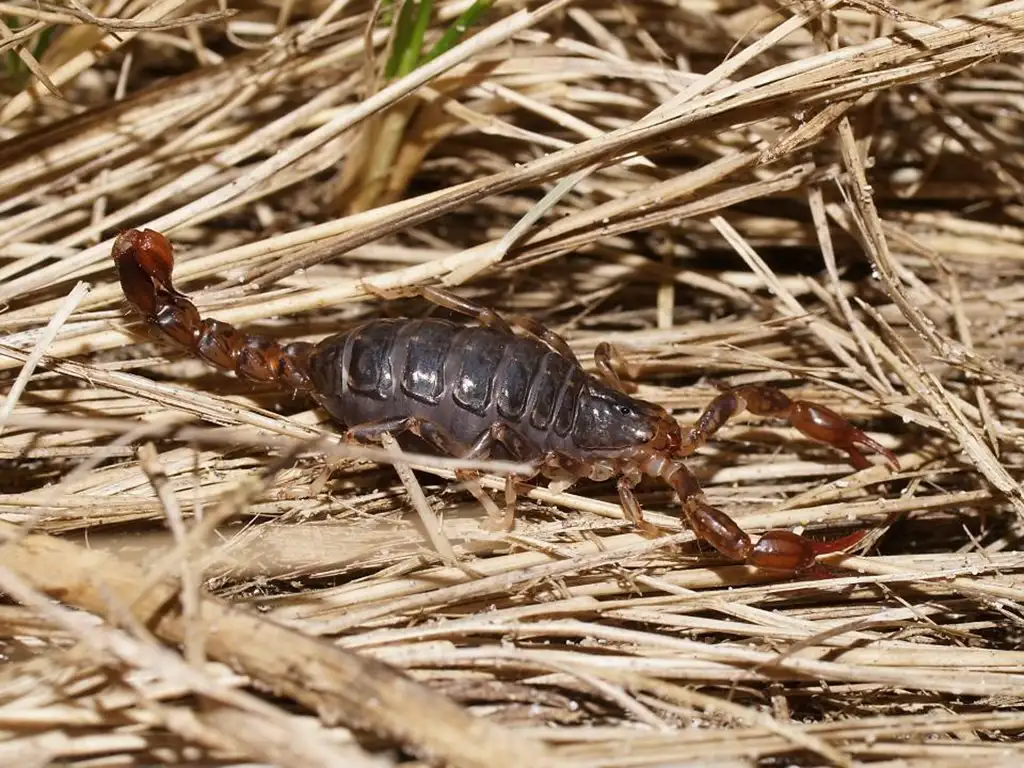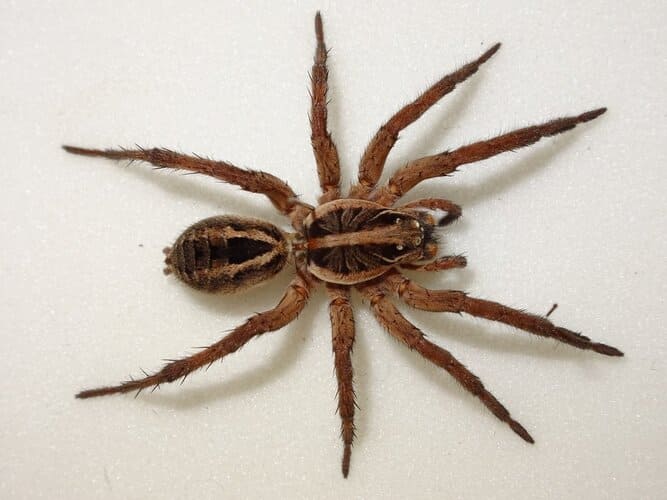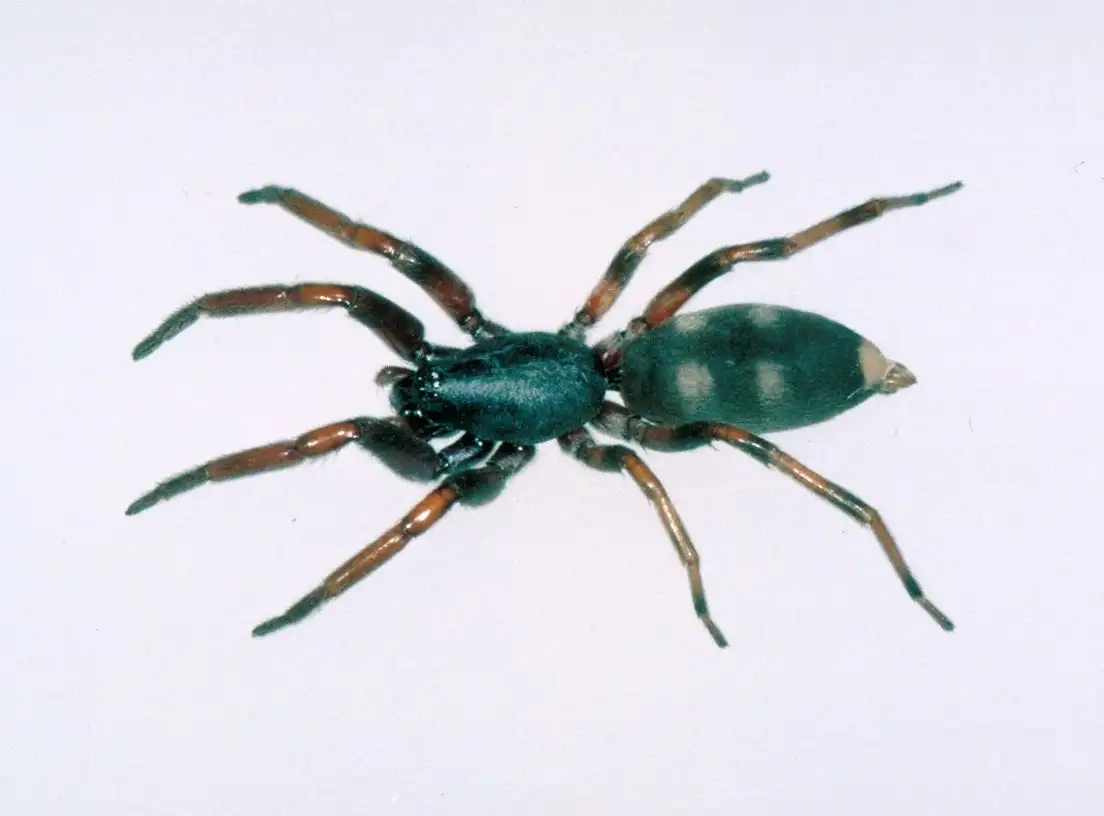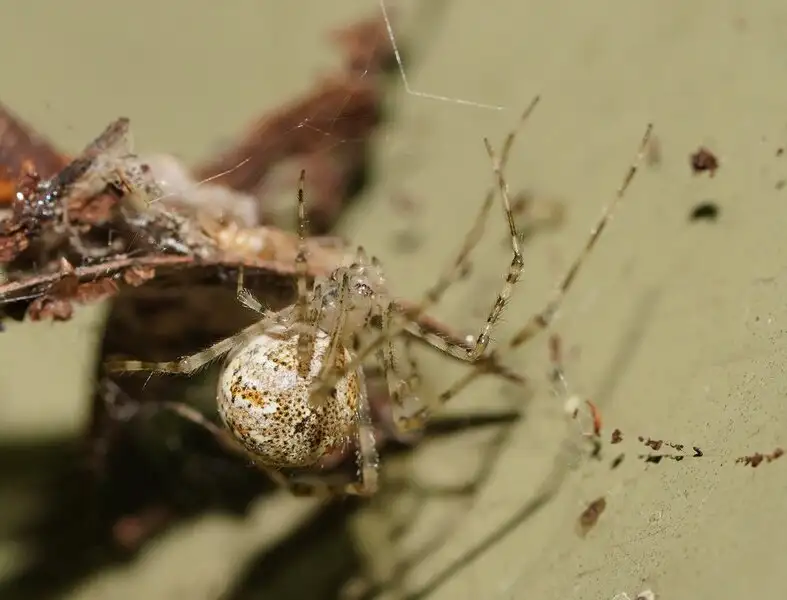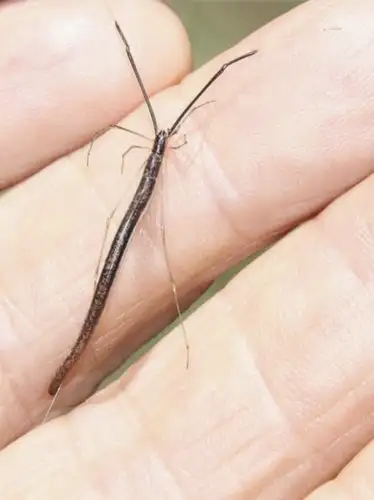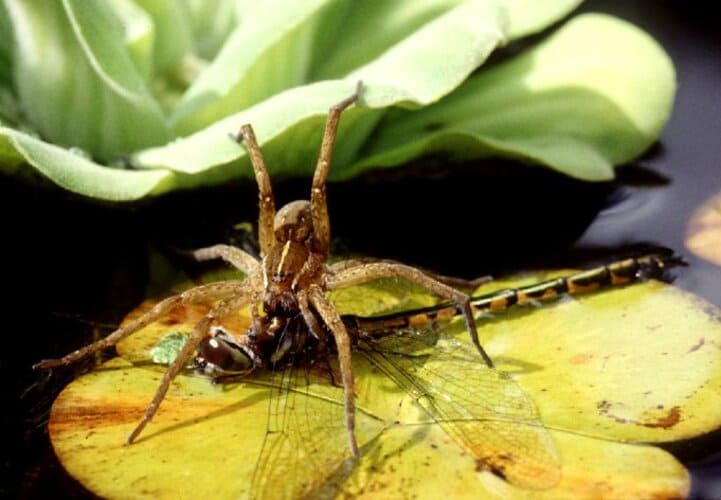Hymenopus coronatus
IUCN
LCBasic Information
Scientific classification
- name:Hymenopus coronatus
- Scientific Name:Hymenopus coronatus,Orchid Mantis
- Outline:Arthropoda
- Family:Insecta Pterygota Mantodea Anthocephala
Vital signs
- length:3-7cm
- Weight:About 14g
- lifetime:8 months
Feature
Nature's Master of Mimicry
Distribution and Habitat
It lives in the rainforests of Southeast Asia, and its distribution areas include Malaysia, Myanmar, Thailand and Indonesia. It can also be found in Xishuangbanna, Yunnan, China.
Appearance
The orchid mantis is 3-6 cm long. It looks like a pink and elegant orchid. It resembles an orchid flower, and its four walking legs are like petals. Most orchid mantises are white, but there is also a pink to purple color variation. The nymph's body changes color as it grows, from blood red to pink to white, and is the most beautiful stage in the 3rd and 4th instars. The newborn larvae have a special red and black color combination, and will only change to the white and pink orchid body color after the first molt. After becoming an adult, the pink color will disappear and brown spots will appear, and the body color will also change from milky white to light yellow.
Orchid mantises have a relatively extreme sexual dimorphism. Adult females are about 6-7 cm long, while males are only about 2.5 cm. Compared with females, males are extremely short. Males and females also have different appearances. Their walking limbs have evolved a structure and color similar to petals. Adult male
Details
Orchid Mantis (scientific name: Hymenopus coronatus) is an animal of the family Hymenopidae and the class Insecta.
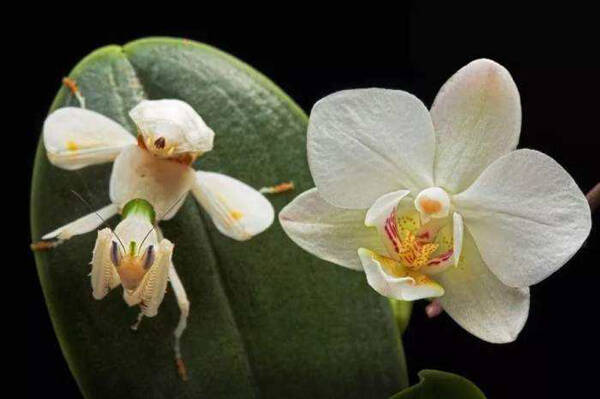
Wild orchid mantises live in the tropical rainforests of Malaysia. It is a diurnal insect with a high predatory instinct, and will prey on each other even if they are of the same species. The larvae will also kill each other. The newborn larvae have a special red and black color combination; they will change to an orchid color of white and pink after the first molt; when they become adults, the pink color will disappear and brown spots will appear, and the body color will change from milky white to light yellow.
As female orchid mantises grow larger, they will be able to capture more types of insect prey. The first stage of mantis evolution is to develop a dark green body color, making them difficult for predators to detect. The next stage will appear in female orchid mantises, whose body color tends to be yellow, white and pink. This means that female orchid mantises are larger and more colorful, and can more effectively attract insects by imitating flowers. In contrast, male orchid mantises are smaller and can easily camouflage and hide, allowing them to avoid attacks from predators and better find mating partners and ambush prey.
Orchid mantises are born with predatory instincts, and will eat any living insect, such as flies, spiders, bees, butterflies, moths, etc. Since orchid mantises mainly wait for prey to come to them on orchids, their prey is mostly small arthropods, reptiles or birds that live around flowers.
Orchid mantises transform their entire bodies into a beautiful and deceptive camouflage. They perfectly mimic the form of orchids, while combining sharp vision with ninja-like attack speed to become the world's most deadly ambush hunters. However, this flower imitation is more complicated than it seems. A growing mantis needs to eat every few days, so it needs insects to fall directly into its killing range from time to time, and the flowers of the plant can wait longer.
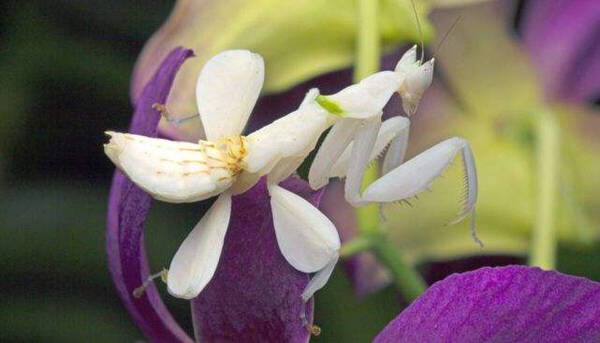
The mating behavior of mantises is very similar to that of hairy spiders, because if the male does not leave immediately after mating, it is likely to be swallowed by the female. The distinction between males and females can be made after the first molt. Before molting, the abdomens of both males and females have eight segments; but after molting, the abdomens of males still maintain eight segments, but the abdomens of females will be merged from eight segments to six segments. In addition, they can be easily distinguished by their body shape. When the wings of the orchid mantis grow well, it is the adult stage. At this time, the male is only half the size of the female, which is very different, and the male's brown spots are larger. During mating, the male mantis will put the spermatophore into the spermatophore of the female mantis, and the female's eggs will be fertilized through the spermatophore in the future. Therefore, as long as mating is done once, the female can continue to lay fertilized eggs.
After mating in late summer, the female mantis will lay egg masses fixed on the branches between 1-14 days. The egg mass contains 30-50 eggs, and the female can usually lay 5-7 egg masses in a season. After 2-3 months, about the winter, when the temperature rises in spring, the egg masses will hatch and the larvae will drill out of the egg masses. Sometimes the larger larvae will eat the smaller ones. After three months of growth, the larvae will molt about 6-7 times before becoming adults, mating and laying eggs, while the adults will die within 2-3 weeks after mating and laying eggs. In other words, the life span of orchid mantises is generally no more than one year: they are born in spring and die in winter, and their life cycle is about 6-8 months, which is actually very short. Fortunately, their reproduction is not difficult, and a new generation can be produced every year, which may be another kind of fun for owners who want to reproduce.
Orchid mantis is an insect, its beauty is beyond people's imagination, and I am afraid that even the creator himself has not imagined the elegant beauty of orchid mantis. Beautiful things make people love and pity. Every time an orchid mantis is discovered, the news will spread quickly, and the final outcome is that it is captured by someone, which is chilling. Not only because the orchid mantis is too beautiful, but also because there is a huge market behind it. Many museums in China will purchase specimens, and netizens are also keen on raising and selling orchid mantises. If you search the term "orchid mantis" on Baidu, you will see that the Internet is full of information about buying orchid mantises. Some netizens even spent more than a thousand yuan to buy orchid mantises from Malaysia and Indonesia to raise them in China, and the transaction is very hot.
Protect wild animals and eliminate game.
Maintaining ecological balance is everyone's responsibility!

